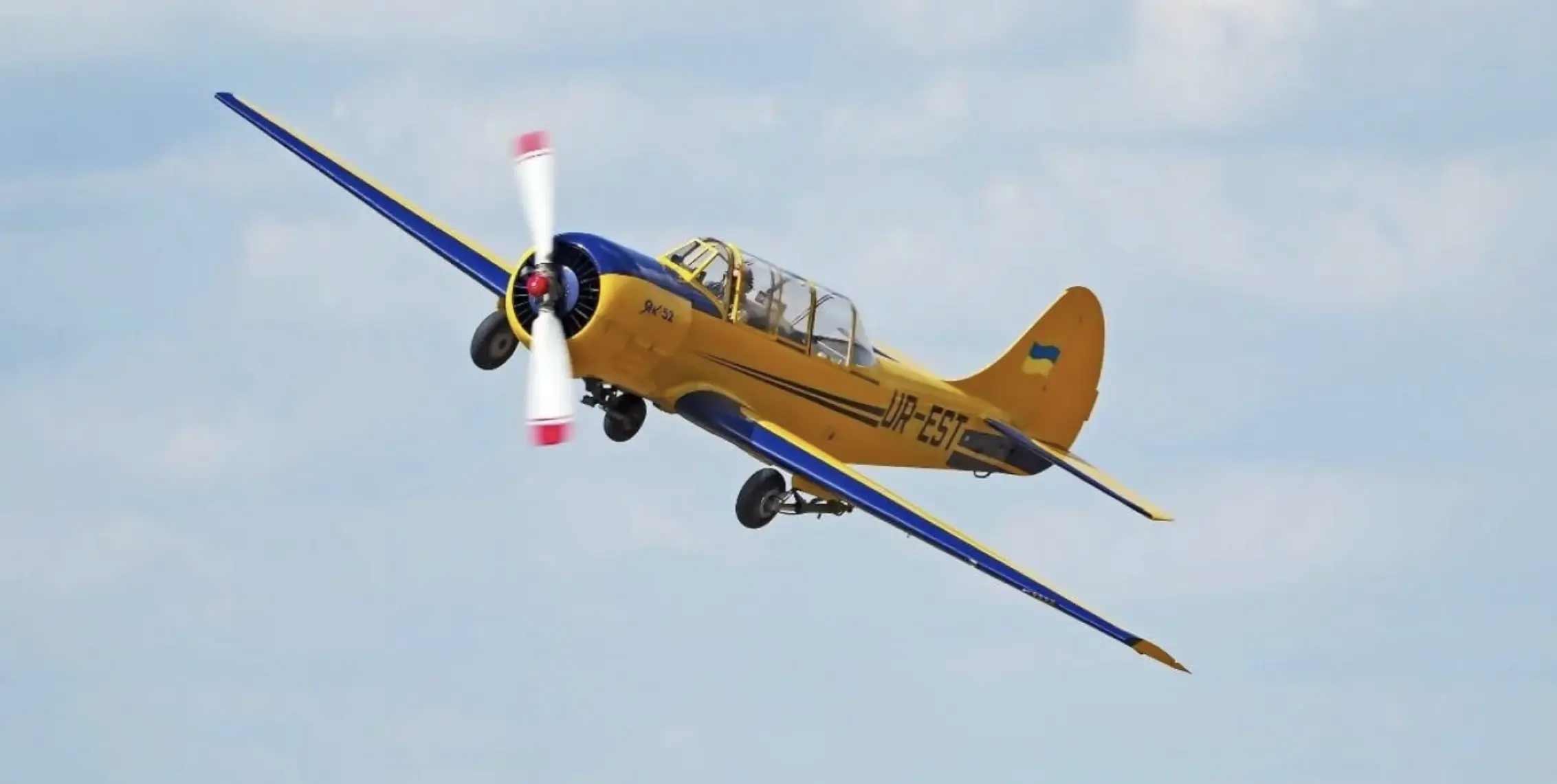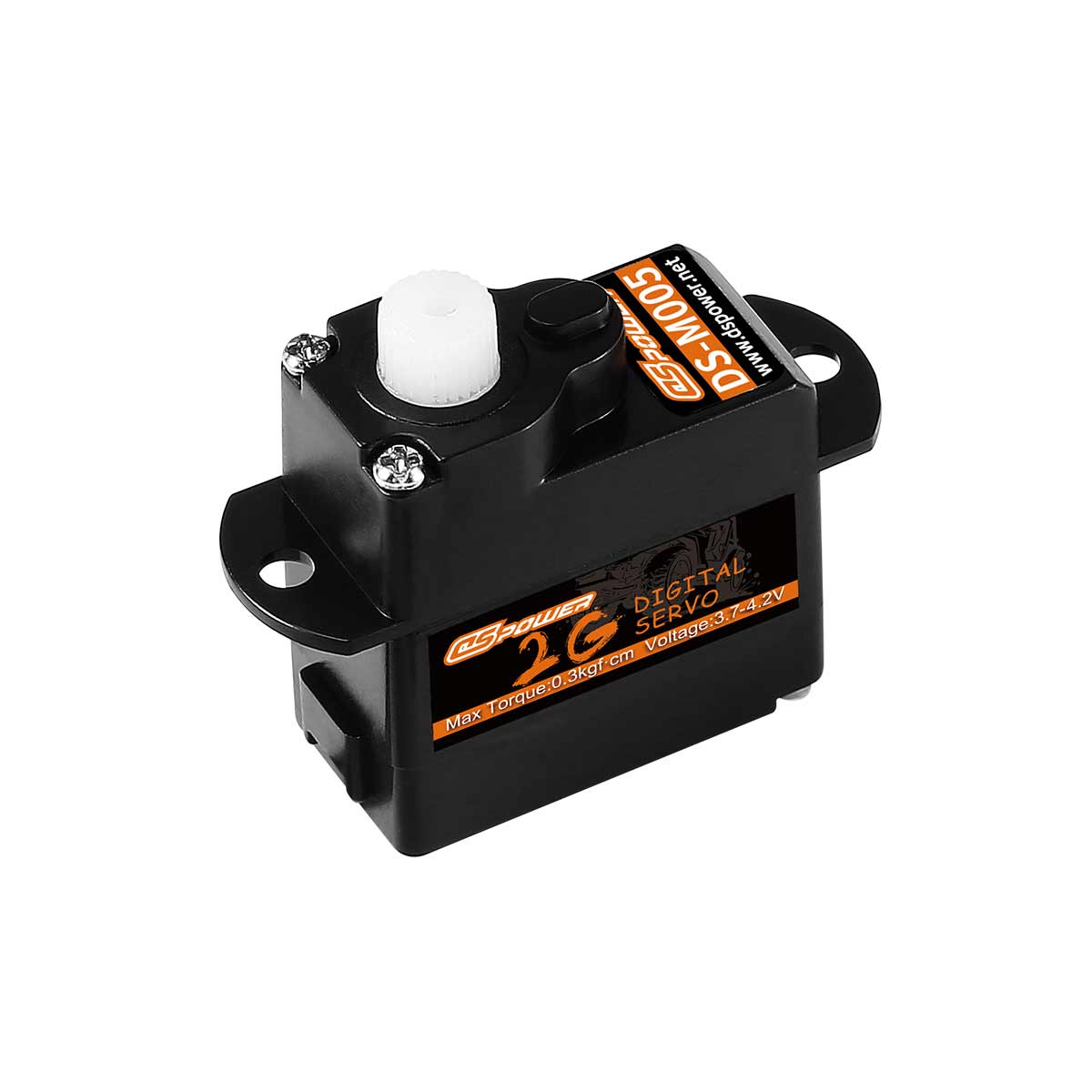During my time at DSpower, I realized that many people didn’t fully appreciate the importance of servos in fixed wing aircraft. Later, during a test flight, I witnessed a fixed wing aircraft lose its stability due to a sluggish servo response.
It was then that I realized the critical importance of this seemingly small component. Looking back, that incident actually spurred our R&D team to make important progress.
Why fixed wing aircraft cannot do without high performance servos
Unlike multirotors, which use numerous motors to adjust their attitude, fixed wing aircraft rely entirely on aerodynamic control surfaces to control flight direction. Every movement of the ailerons, elevators, and rudder requires precise execution by servos.
Last year’s testing showed that traditional servos experience a 0.5 second delay in high speed airflow, enough to cause the aircraft to yaw 20 degrees. To address this issue, we offer three methods:
1. Reduce delay through specialized software control
2. Improve servo response speed
3. Reduce the gear ratio
Fluctuations in temperature also pose risks. A user experienced a plastic gear cracking during a flight in northern winter at -15°C, resulting in immediate damage upon landing. All our fixed wing servos now use aircraft grade aluminum for their gearboxes and incorporate internal temperature sensors. These seemingly minor improvements can be life saving in critical moments.
How to determine if a servo is suitable for fixed wing aircraft needs
Controlling speed and force require a balanced balance. Here’s a calculation: multiply the wing length by the flight speed, then divide by 100 to determine the required force. For example, if the wing is two meters long and the flight speed reaches 15 meters per second, a servo with a force of at least 0.3 kg·cm2 is required.
However, in actual operation, a 30% reserve is required to cope with sudden changes in wind speed.
Waterproofing is often overlooked. Two years ago, we helped a client modify a surveying fixed wing aircraft. While flying through cloud cover, moisture infiltrated the servo, causing unstable control signals.
Our current solution is to install double silicone seals on the output shaft, coupled with a nano coated circuit board. Field testing has shown that the aircraft can operate normally even in heavy rain.
How DSpower solves the special needs of fixed wing servos
We have specially developed a method to resist vibration. When the vibration frequency of the fixed wing engine is high,This can cause signal scrambling in conventional servos. During one test, the servo oscillated violently and uncontrollably.
All products now undergo a 48 hour burn in test on a vibration device before leaving the factory, with frequencies ranging from 50 Hz to 2000 Hz to simulate various flight conditions.
To meet the demands of long duration flight, we employ a special technology called dynamic energy consumption adjustment. Conventional control devices consume power even when idle. We use Hall effect sensors to detect the position of the control surfaces and automatically switch to microampere level power consumption once they detect a stationary state.
The control device we equipped our solar powered aircraft last year significantly enhanced the flight endurance of the entire aircraft, increasing flight time by 17%.
Servo Installation Precautions on Fixed Wing Aircraft
The center of gravity is critical. Some people install the control unit outside the wing, which can cause a linkage effect during roll. It is generally accepted that the control unit should be installed at 30% of the chord length of the fuselage centerline. This position minimizes aerodynamic interference and reduces rotational inertia. Installation orientation is also important: the output shaft should be perpendicular to the hinge centerline; otherwise, control deviation may occur.
Cable routing requires careful attention. Once, a customer tied the servo cable too tightly, and the wing was bent and pulled during flight, causing the connection point to loosen. Now the cable sleeves we provide with the equipment have a 5mm gap.And special silicone wire is used to avoid becoming brittle at low temperatures.
Daily maintenance points for fixed wing servos
Bearing lubrication requires special attention. Ordinary grease should never be used. A customer who did this caused the servo to solidify and seize in low temperatures. The grease we provide is specially formulated to maintain the appropriate viscosity between -40°C and 120°C.
The recommended maintenance interval is relubrication every 50 flight hours. If used in desert areas, this interval should be shortened to 30 hours.
Frequently checking the tightness of the gears is essential. A training aircraft with over 200 flight hours experienced wear and tear in the gears, resulting in play, which caused the rudder to suddenly seize during landing.
We currently provide customers with feeler gauges to instruct them to check for gear play and repair any gaps exceeding 0.1 mm. This practice has prevented many accidents.
What technological breakthroughs will future fixed wing servos hold?
The magnetic encoder used in the test is quite impressive. Traditional potentiometers wear out over time, but our newly designed non contact sensing method completely overcomes this drawback. Last week, a sample tested under salt spray conditions operated continuously for 500 hours without any signal fluctuations, extending its service life tenfold. I’m particularly eagerly awaiting an intelligent servo system.
Each servo is equipped with a microprocessor that can automatically identify fault conditions. For example, if a gear is stuck, it will automatically switch to backup mode to reduce the yaw angle. Once this technology is perfected, it will significantly improve the safety of fixed wing flight.
Post time: Aug-28-2025


